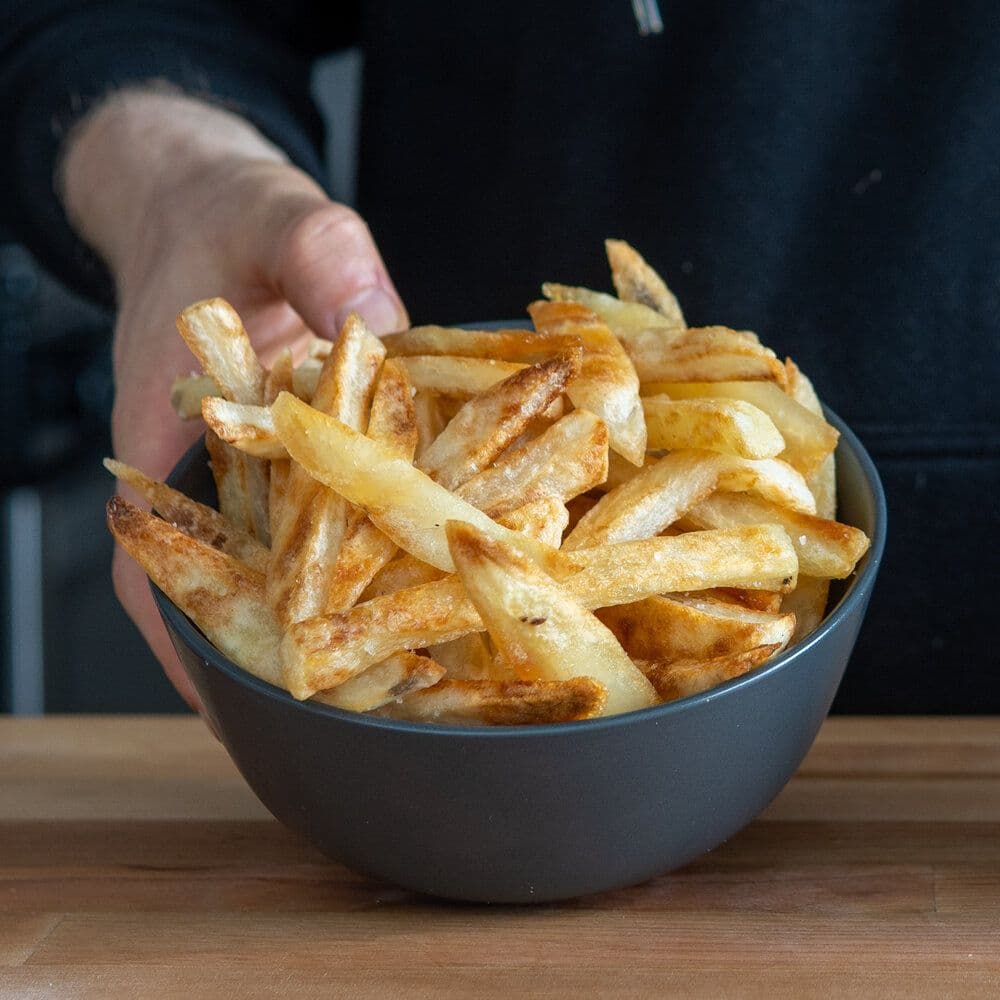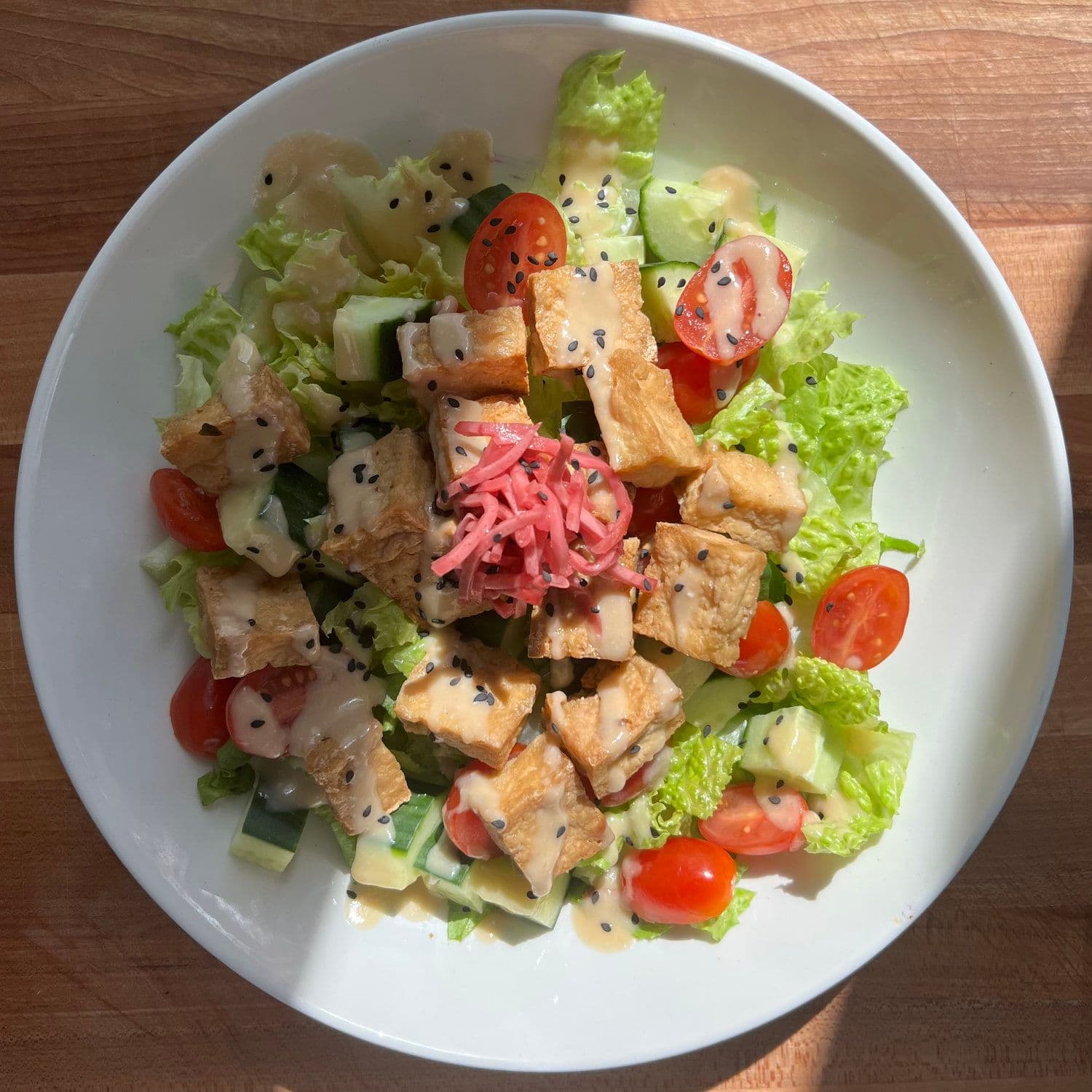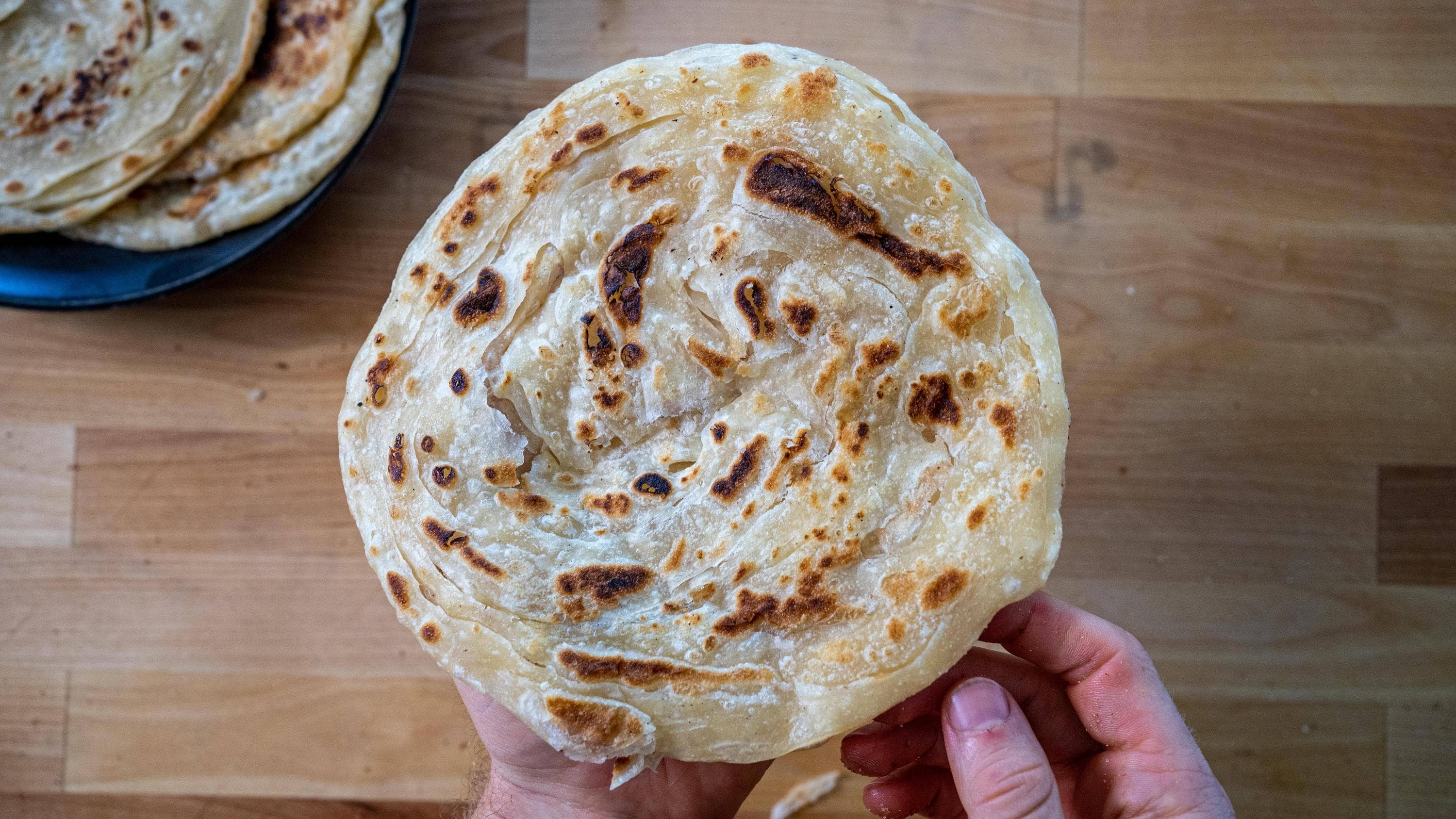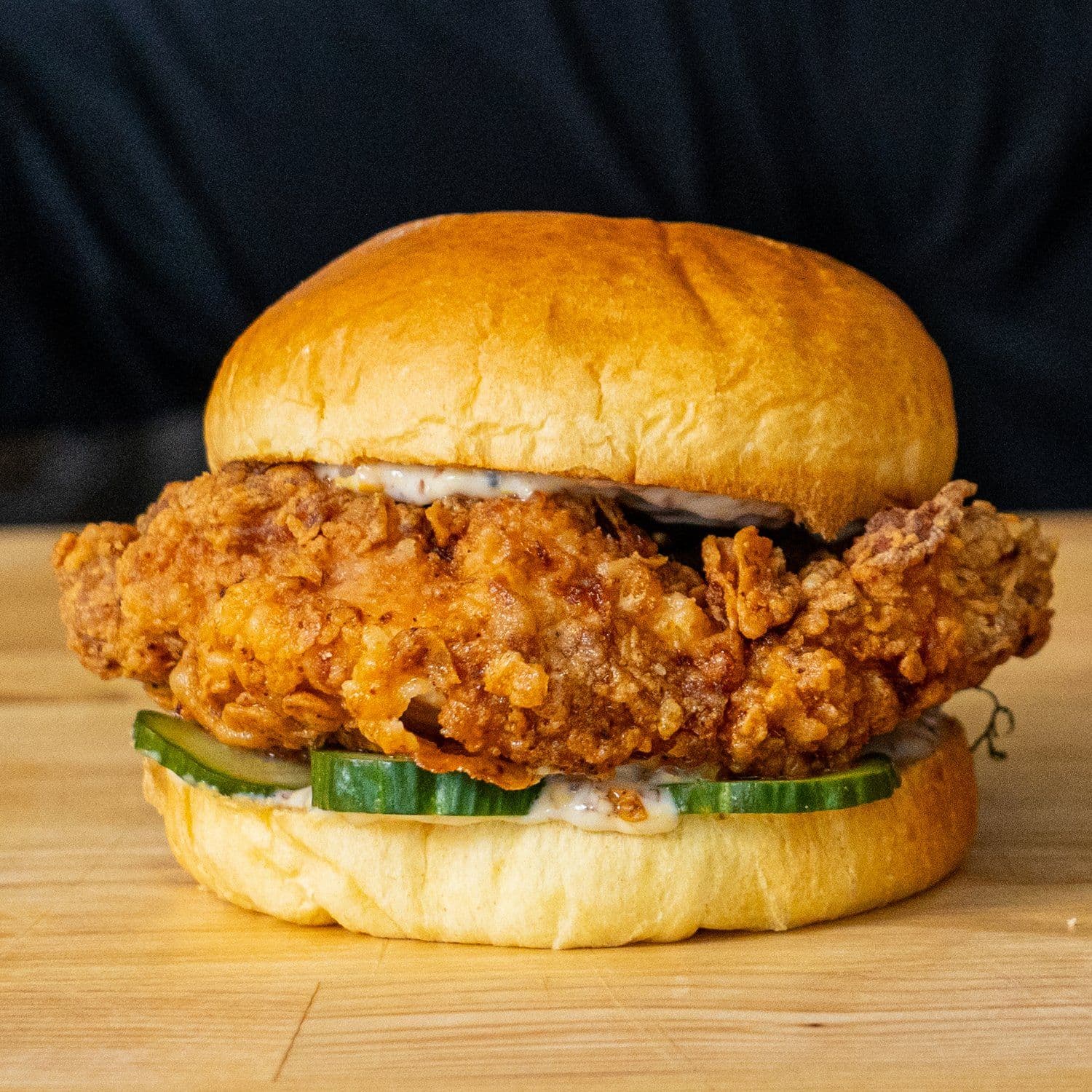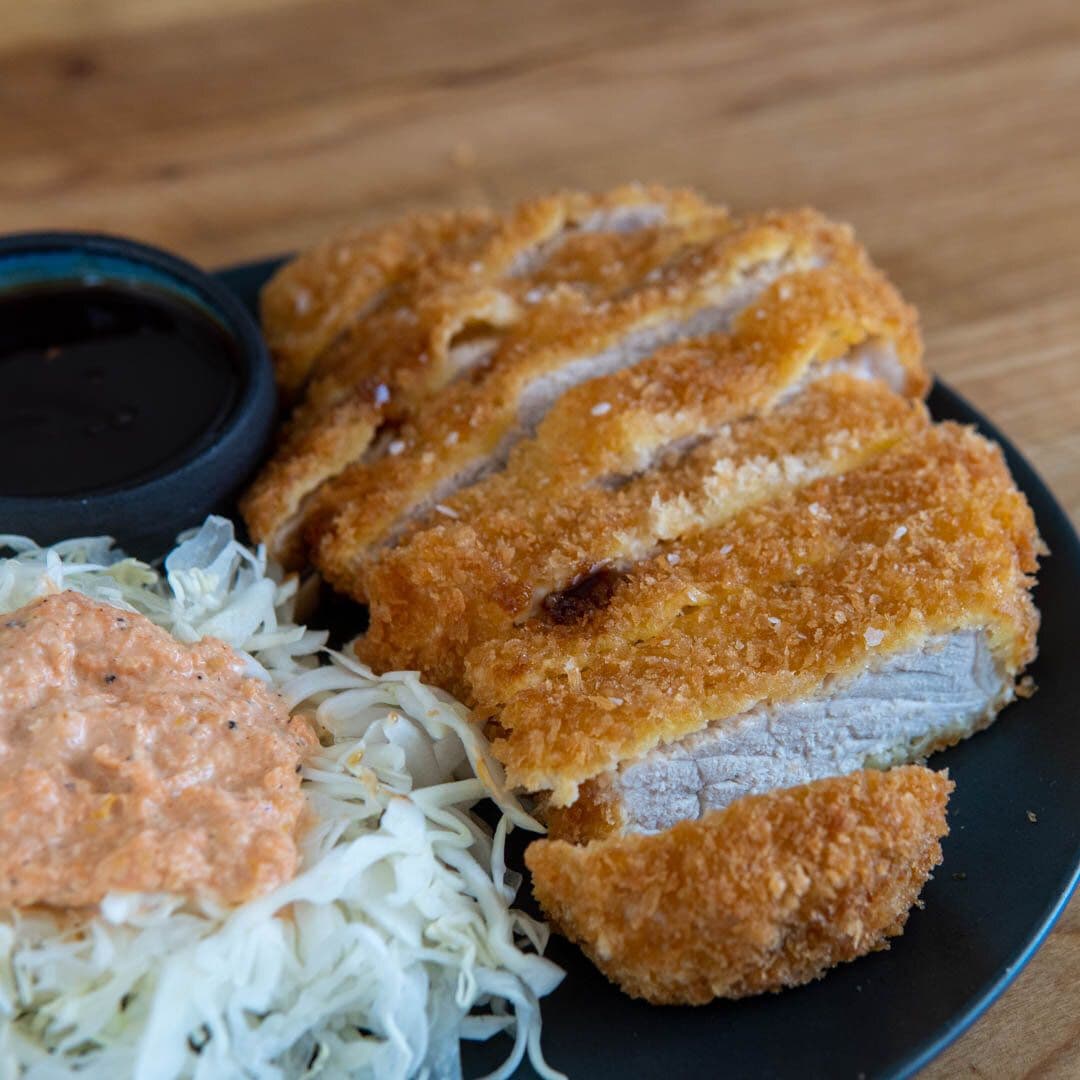Evaporating water content from an ingredient with heat and/or air circulation.
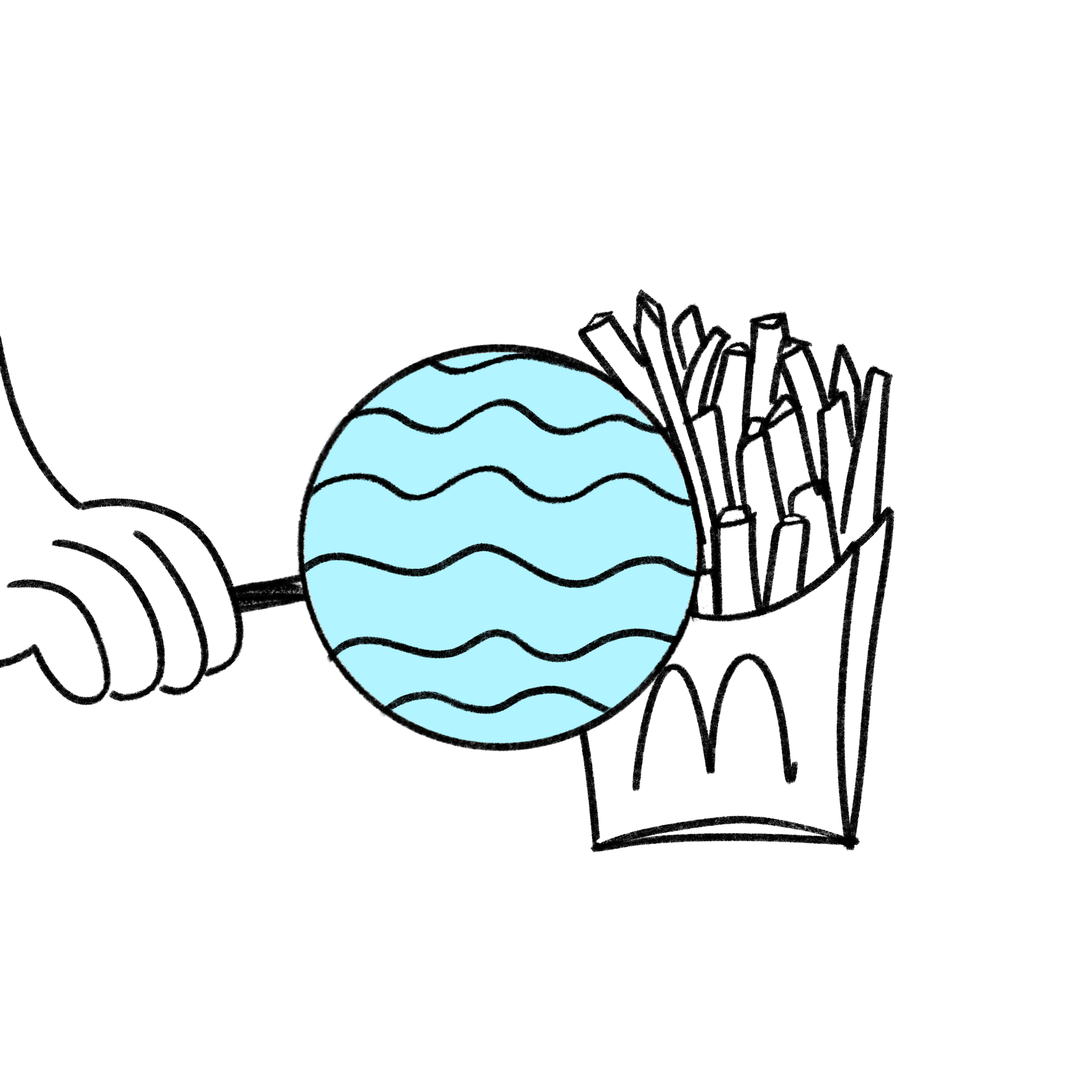
What are the fundamentals of dehydration?
Dehydration is the process of evaporating water content from an ingredient with heat and/or air circulation to manipulate the flavor, texture, or appeal of a food.
- Because generally evaporates at 212°F/100°C, dehydration happens rapidly with cooking techniques that favor higher temperatures, such as searing or deep frying, which can render a dehydrated and thus crisp surface texture.
- In other cases, dehydration can happen through convection, or the circulation of air through a space, which can wick away surface moisture and dry out an ingredient over time.
Salt, or , can help with the dehydration process since it draws out moisture to the surface of ingredients through osmosis. As the salt moves inward, it pushes water outward, which can be removed more easily with surrounding air or evaporative heat.
➡️ Catalyst: Heat, convection (air), and/or salt (osmosis)
🛠️ Relevant techniques:
🔬 Relevant molecules:
Example foods
- Potato chips
- Beef jerky
- Fried chicken
- Pan-seared salmon with crispy skin
- Dried spices
How does dehydration affect the elements of flavor?
In order of importance:
— Dehydration primarily affects the texture of foods. In cooking, some form of dehydration is almost always happening. It can be subtle, like the tightening of the skin on a roast chicken, or the the slight wrinkling of a carrot or sausage exterior. Usually, dehydration happens to a small extent — which is still important for texture, even if all the water hasn’t been evaporated.
— Different cultures value different textures related to how much an ingredient is dehydrated. We’ve come to associate certain foods with acceptable levels of dehydration. We want our jerky to be dry and chewy, but a tortilla chip to be crunchy and not soggy. A cake should be light and airy, but a brownie can be fudgy and undercooked.
— We first assess the state of an ingredient by sight using visual clues such as color or texture patterns. An ingredient can appear shiny and wet, or dry and wrinkly. Color can turn pale or dull (fresh vs. dried mango) or become darker and more striking (fresh vs. dried lime wheels). Color and visual texture always affect our appetite or perception of an ingredient’s flavor.
— Dehydrated foods can be harder to chew or bite through, impacting the eating experience (for better or worse). Dried ingredients can become more concentrated and potent in their physical effects. Cayenne powder is spicier than its fresh counterpart, and dried tea leaves are more astringent than fresh ones.
— Dehydration itself doesn’t produce new aromas, although it can concentrate the aromatic compounds that are left in the ingredient. Delicate ingredients (like spices or a truffle) might lose most of their smell during dehydration, however: volatile aromatic compounds degrade with heat and escape through convection.
— The dehydration process doesn’t change the taste of ingredients by itself, but it does concentrate them. Because less water is present after dehydration, the taste of ingredients becomes more pronounced.
Dehydration in action

The Mouthful
Become a smarter home cook every Sunday
Join 60,000+ home cooks and get our newsletter, where we share:
- Recipe frameworks & cooking protocols
- Food trends explained
- Meal recommendations
- Q&A from expert home cooks
We hate spam too. Unsubscribe anytime.

